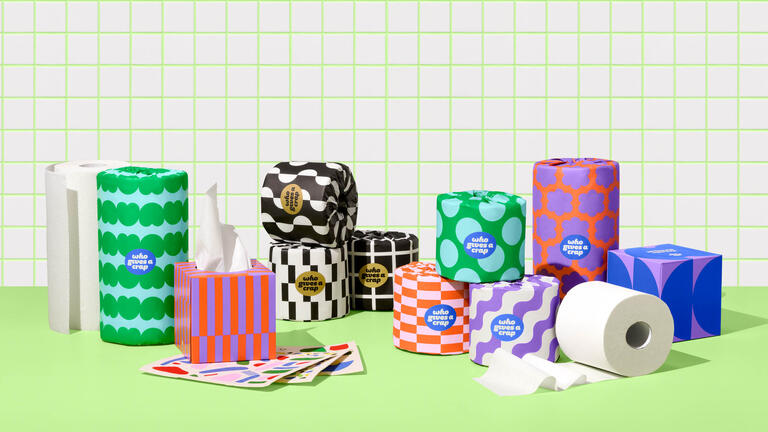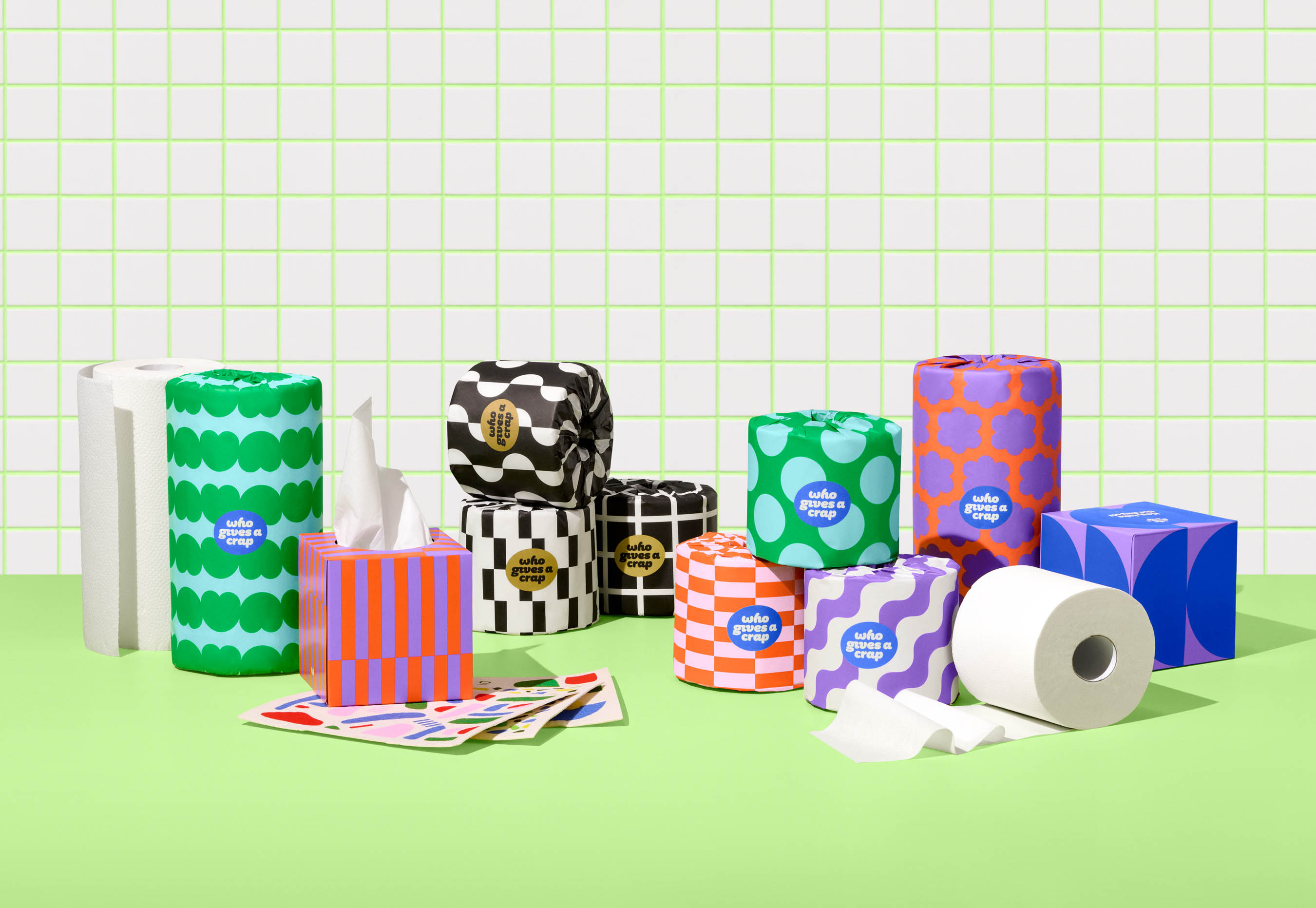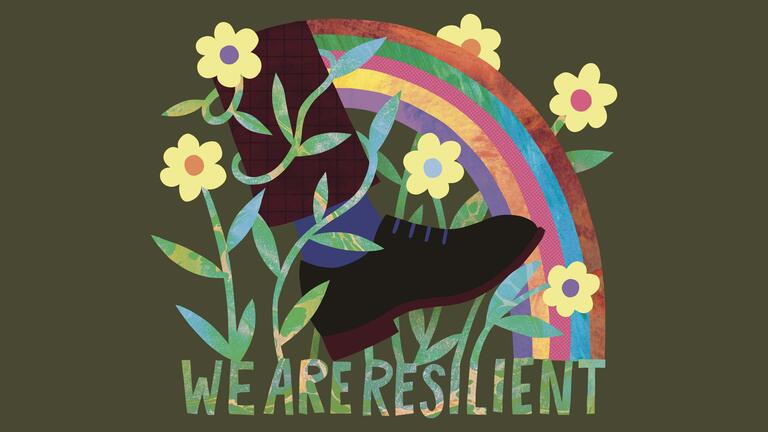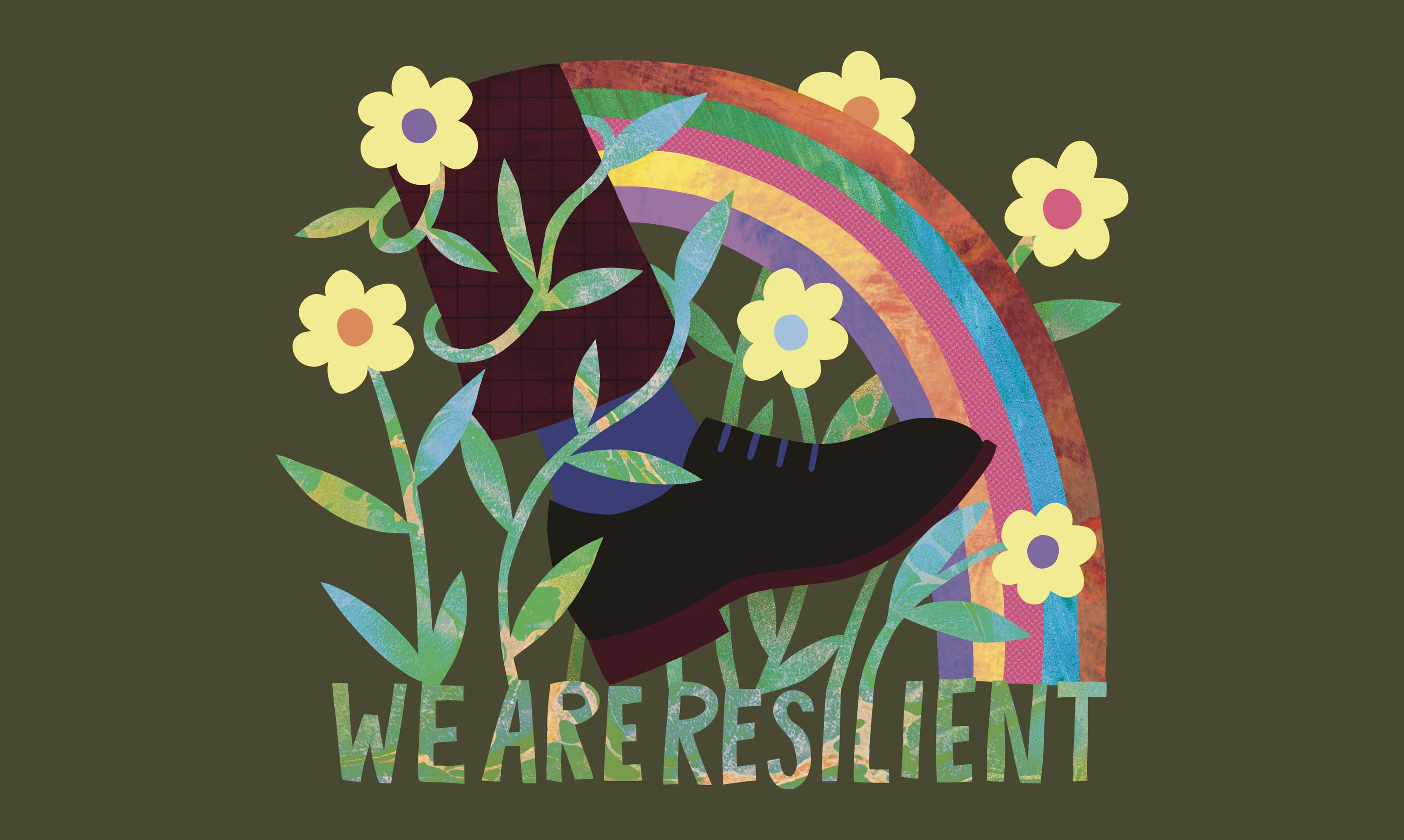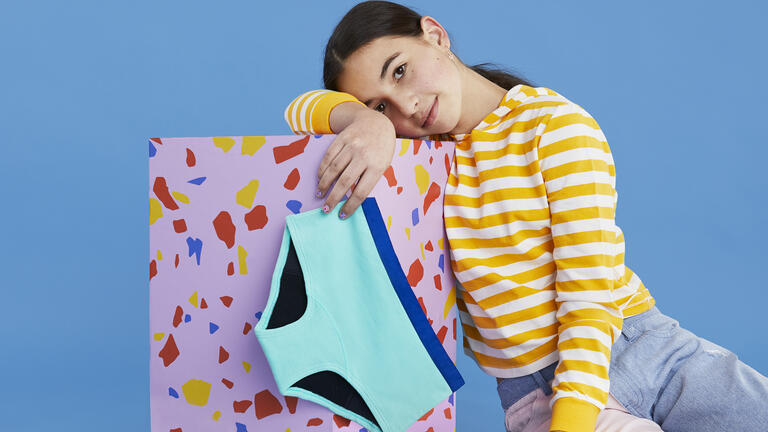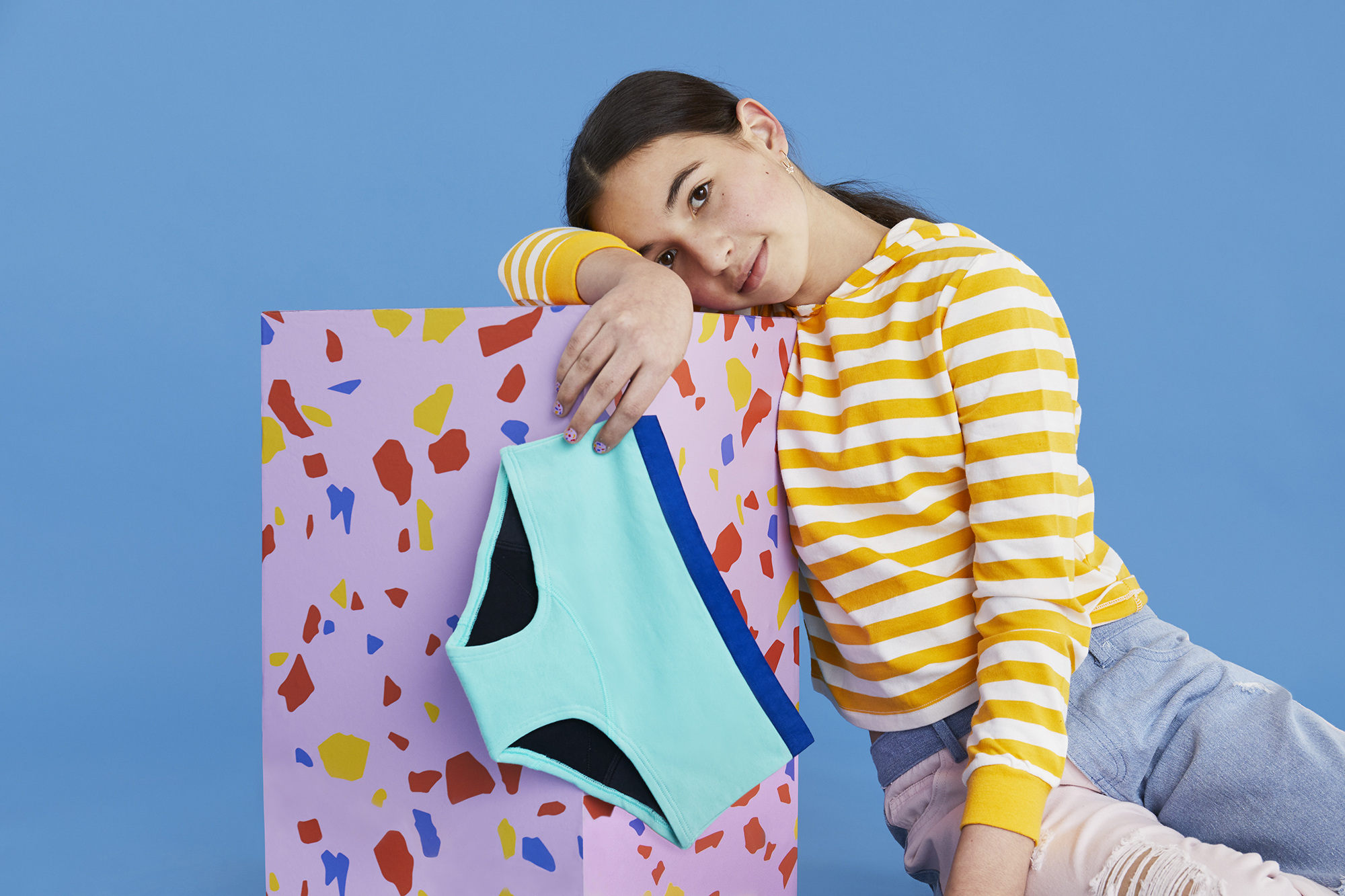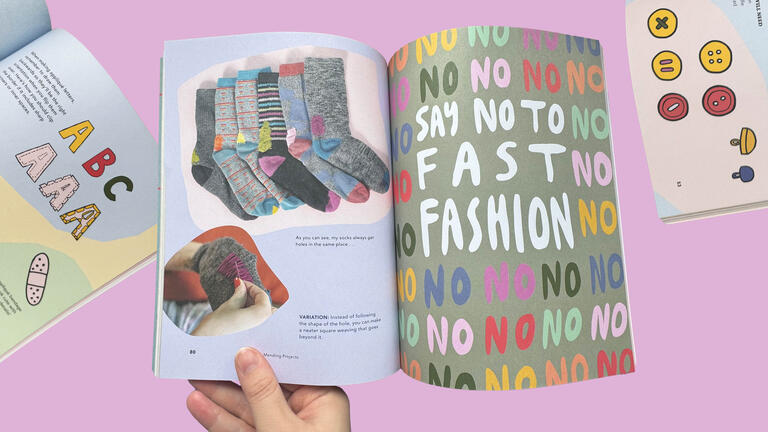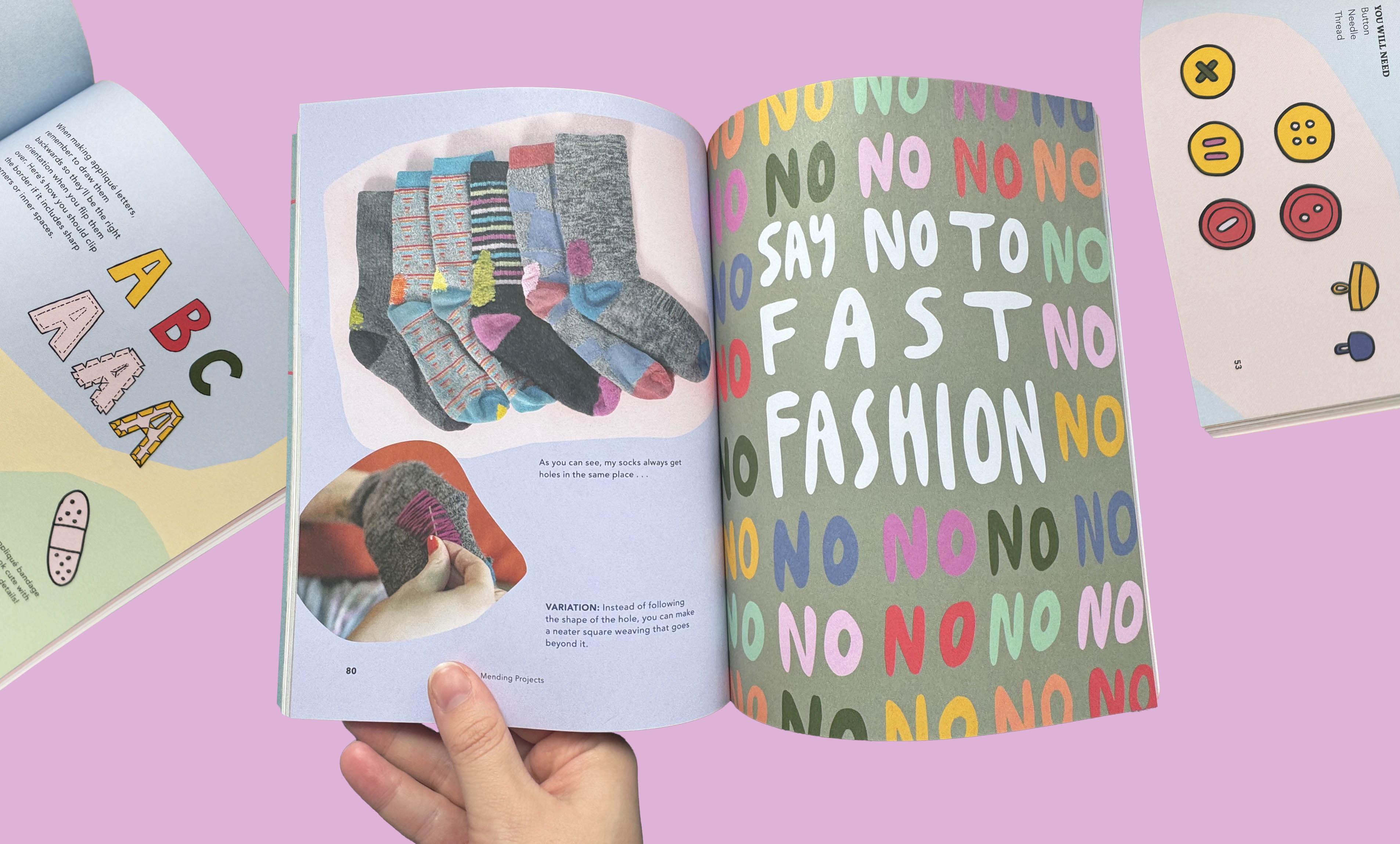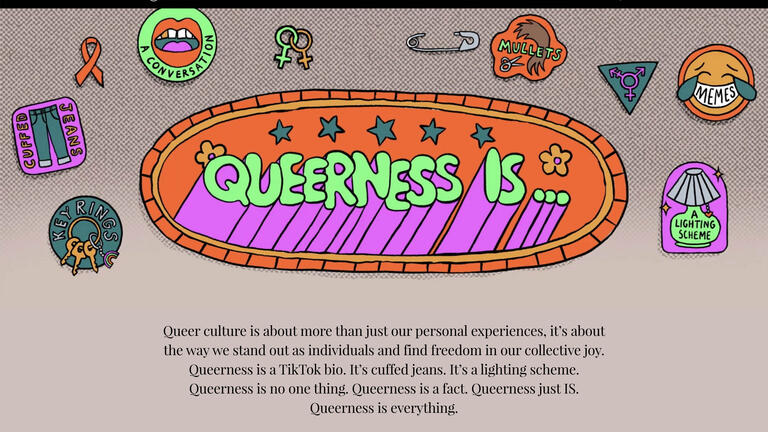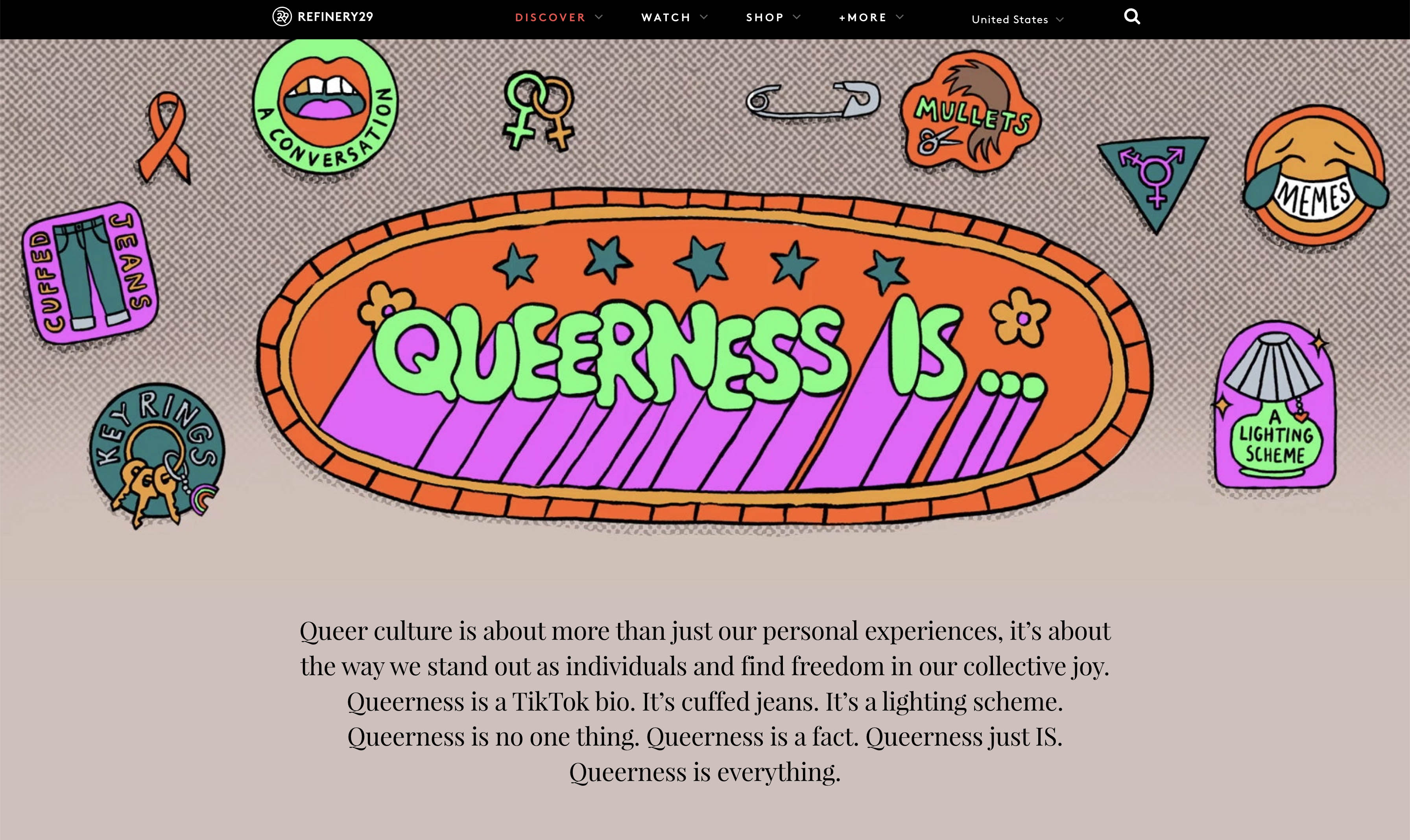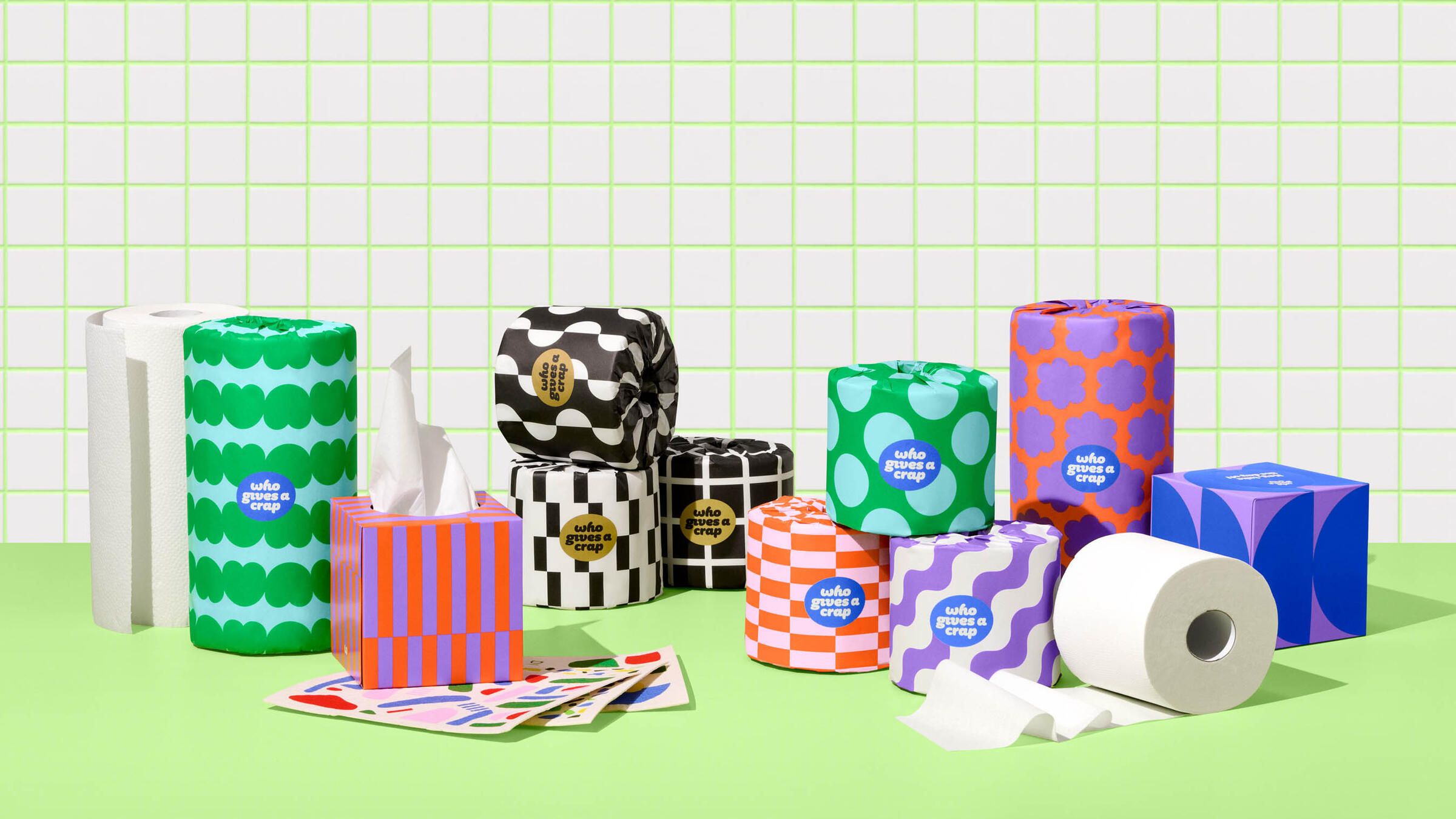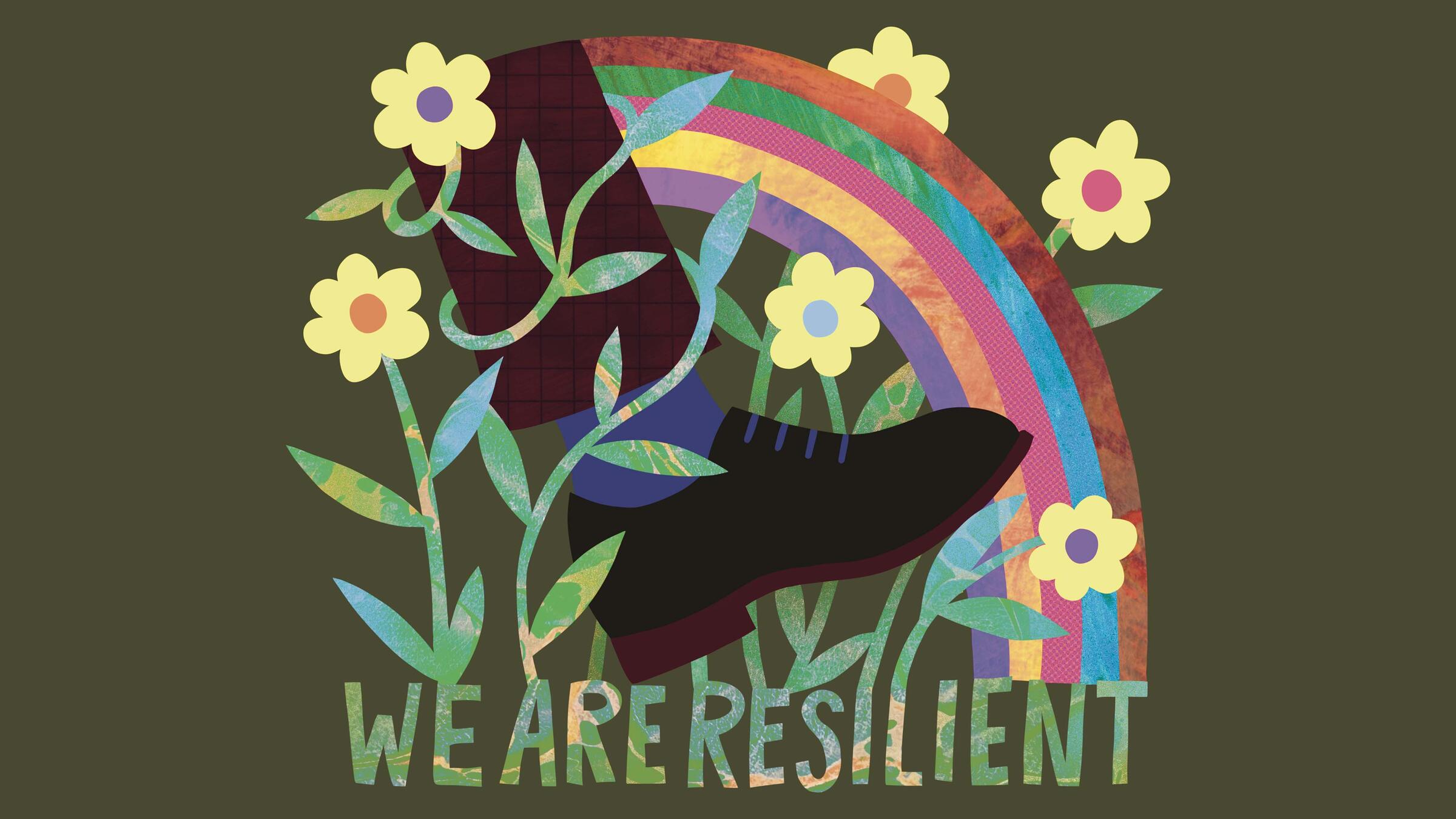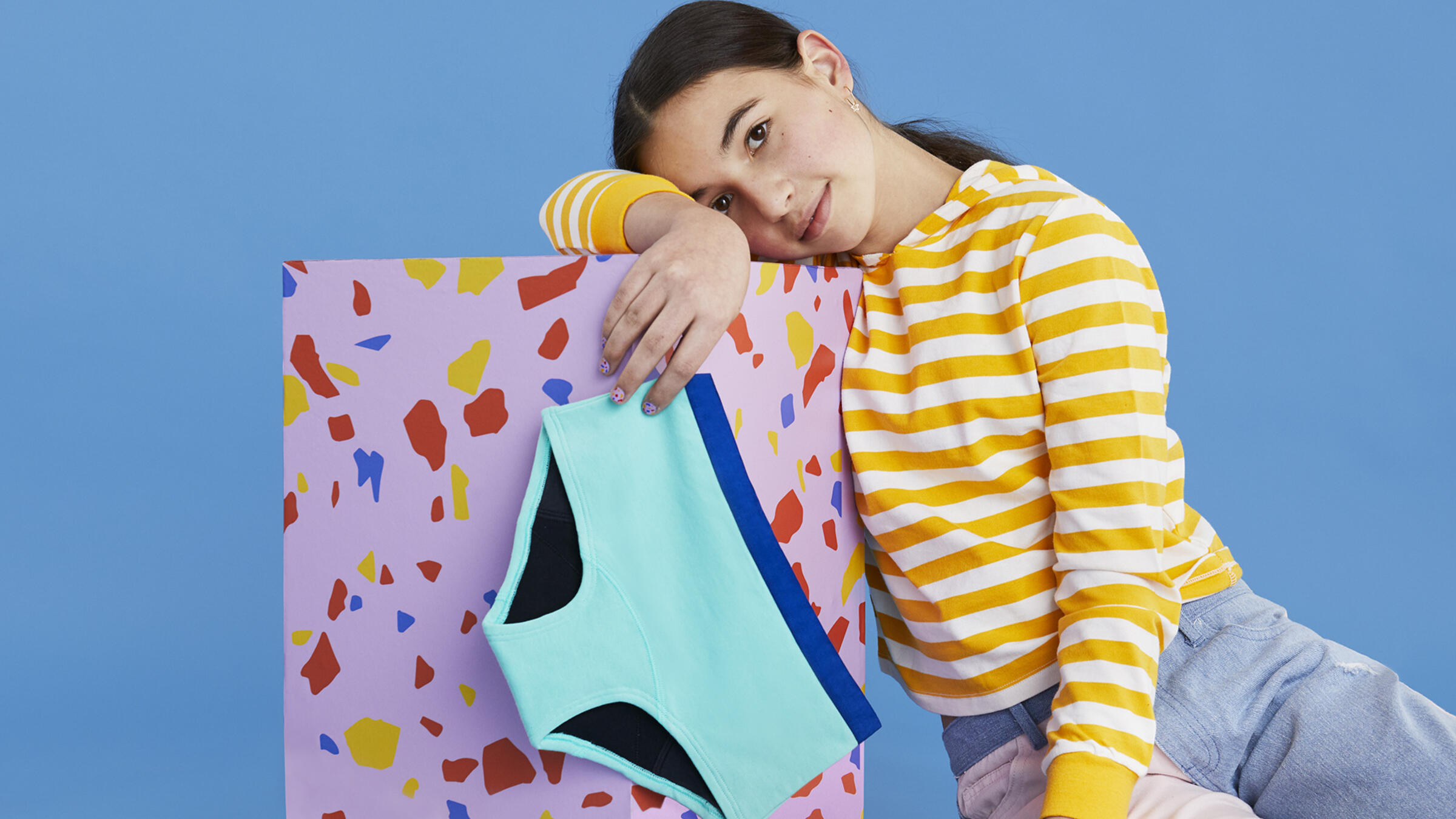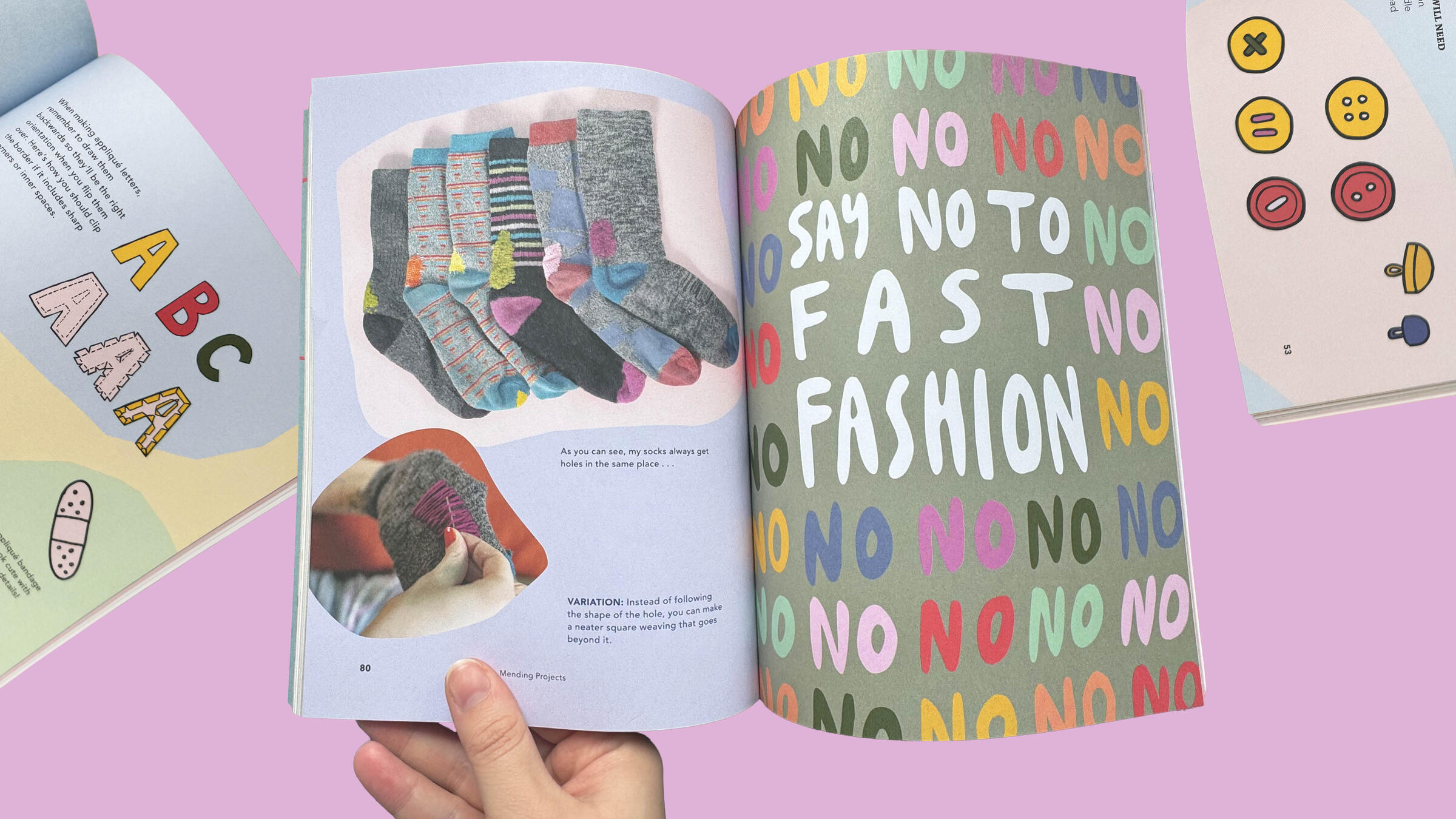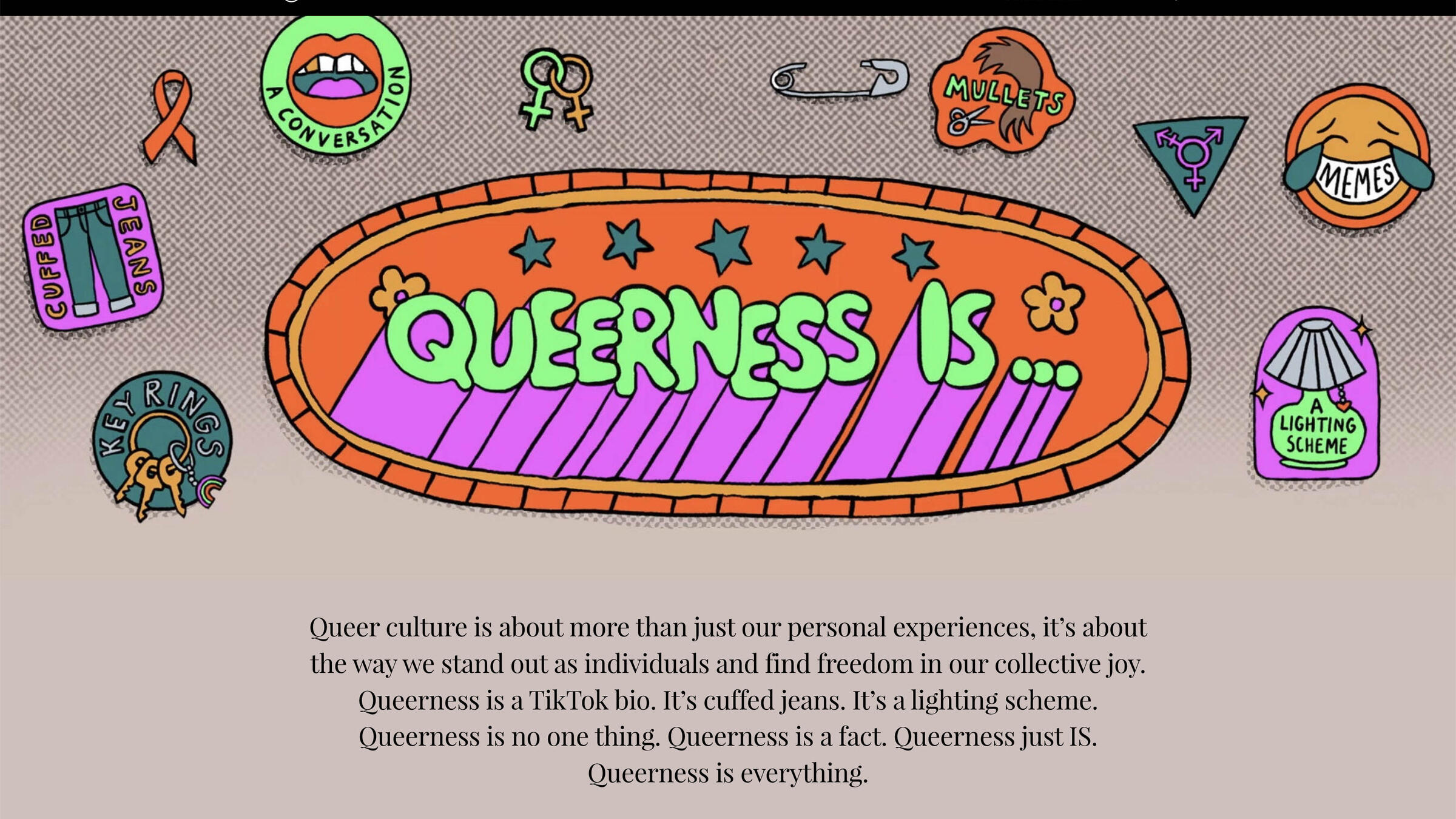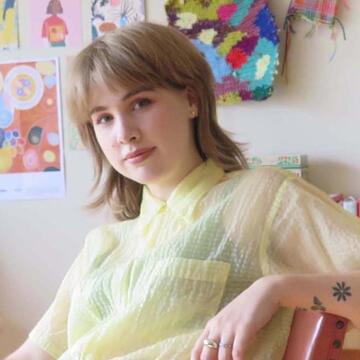
Lily Fulop

Lily Fulop is a multidisciplinary designer specializing in visual branding for purpose-driven brands. Fulop received her BDes from Carnegie Mellon’s School of Design in 2018, with a focus in Communication Design. Not one to stay in a single lane, Fulop also works in editorial design, surface illustration, and sustainable fashion, balancing her desire to create fun things and a better future.
As a senior brand and packaging designer at Who Gives A Crap, a toilet paper company that donates half of its profits to providing clean water and sanitation, she develops systems and guidelines to bring delight and cohesion to the brand and product experience. This includes creating bold patterns for the toilet paper wrappers, designing delivery cartons, art directing photo shoots, developing in-store signage, and coming up with wacky ideas for campaigns.
She previously served a similar role at Thinx, working on brand campaigns and art direction for period and bladder-leak underwear, while fighting stigma surrounding normal bodily functions.
Lily is also an illustrator and artist, and has worked as an editorial designer at Refinery29, creating artwork to accompany articles on a broad range of topics from finance to mental health and sex. She loves to create colorful, expressive illustrations to empower and educate from a queer, feminist POV.
Lily also wrote a book: Wear, Repair, Repurpose: A Maker’s Guide to Mending and Upcycling Clothes. This book directly stemmed from Fulop’s senior capstone project at CMU where she created a community (on social media and in person through workshops and pop-ups) to educate about clothing waste and equip people with skills to repair and transform their clothing. She continues to run an Instagram/Tiktok account to inspire #MindfulMending and creative reuse, and loves getting off screen and working with her hands.
What does design mean to you?
Design is a medium. It can be used for collective good or personal interest; it can be trivial and it can be powerful; it can be used to obscure or illuminate the truth. But design, in its best use, facilitates human connection and improves the human experience. Design helps us solve problems, express our values and taste, communicate with each other, and navigate the world,
